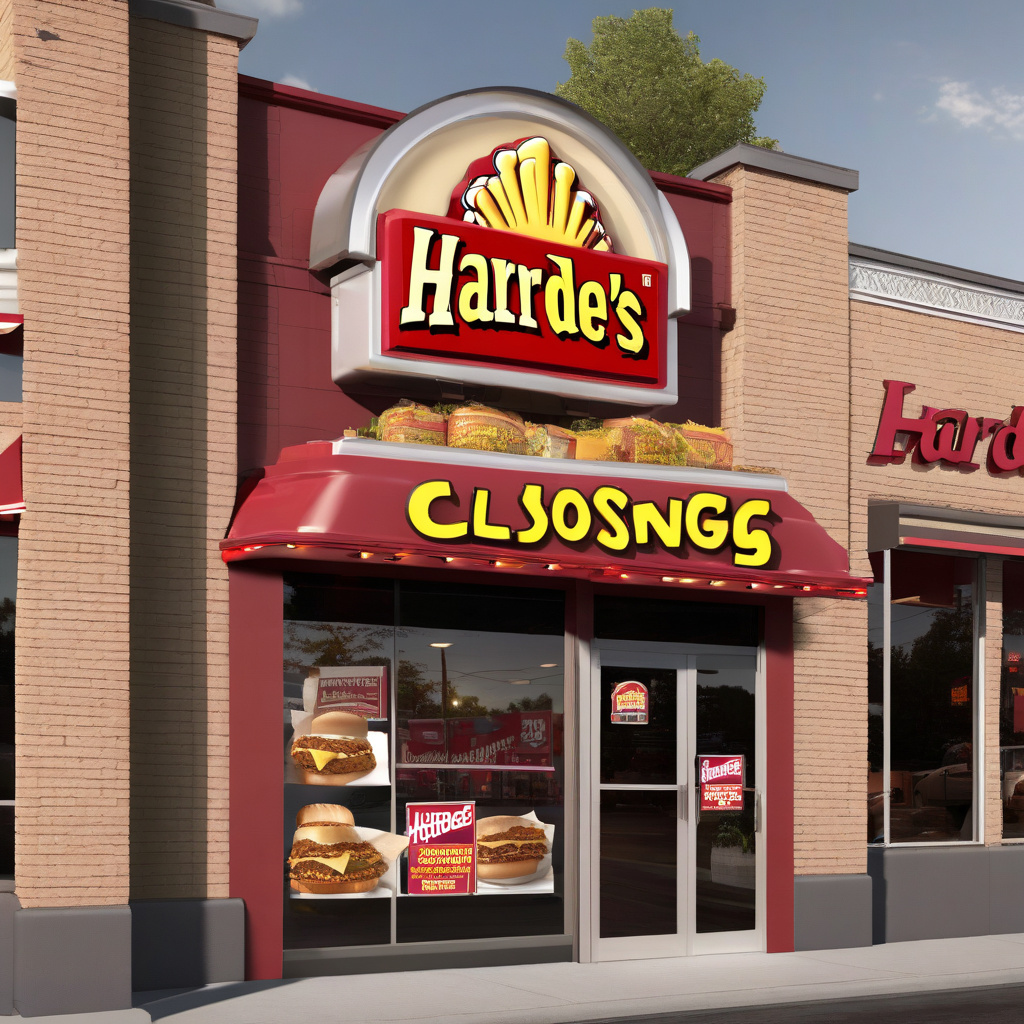Hardee’s Wants To Close Down 76 Restaurants for This Reason
In an unexpected move, Hardee’s, the fast-food chain known for its charbroiled burgers and hand-breaded chicken, has announced plans to close 76 of its restaurants across the United States. While the reasons behind this decision remain somewhat murky, company executives have indicated that they are unhappy with a specific factor concerning these locations. This decision not only highlights the ongoing challenges faced by the fast-food industry but also raises questions about the future of the brand and its business strategy.
According to reports, the primary concern for Hardee’s executives revolves around the performance and profitability of these particular restaurants. In the highly competitive fast-food landscape, where margins can be thin and customer preferences are rapidly changing, maintaining operational efficiency is critical. If a restaurant fails to meet sales expectations or operates at a loss over an extended period, it becomes a liability rather than an asset.
This move is not unprecedented in the fast-food industry. Major players, including McDonald’s and Burger King, have also faced similar challenges and have made tough decisions to close underperforming locations. For instance, in recent years, McDonald’s has re-evaluated its footprint, opting to close stores that do not align with its growth strategy. Such actions are often seen as a necessary step to streamline operations and focus resources on more profitable locations.
Hardee’s decision to close these 76 restaurants serves several strategic purposes. First, it allows the company to reallocate resources to higher-performing locations, potentially investing in renovations, marketing, or updated technology that can enhance customer experience. For example, by closing down underperforming outlets, Hardee’s can redirect funds toward improving the ambiance and offerings at their successful restaurants, ensuring that they remain competitive in a crowded marketplace.
Moreover, the decision to close these locations can also signal a shift in corporate strategy. Hardee’s has been focusing on modernization and menu innovation, especially in response to changing consumer preferences for healthier and more sustainable options. By consolidating their locations, they may be aiming to pivot towards a more agile business model that can adapt to these trends effectively. For instance, the chain has already introduced items such as plant-based burgers and healthier sides to cater to a new demographic of health-conscious consumers.
Additionally, the closures could allow Hardee’s to strengthen its brand identity. By concentrating on fewer locations that embody the core values and quality standards of the brand, the company can create a more cohesive image in the marketplace. This could lead to improved customer loyalty, as consumers are more likely to return to restaurants that consistently deliver an exceptional dining experience.
Despite the potential benefits of this strategic move, it is essential to consider the impact on employees and local communities. The closure of 76 restaurants translates to job losses for many workers, which can have a ripple effect on local economies. Hardee’s must navigate these challenges sensitively, possibly offering support to affected employees through severance packages or assistance in finding new job opportunities.
Furthermore, the response from customers could be mixed. Loyal patrons of the closed locations may feel abandoned, which could damage the brand’s reputation in those areas. To mitigate this, Hardee’s should communicate transparently about the reasons behind the closures and reassure customers that their commitment to quality and service remains steadfast.
In conclusion, Hardee’s decision to close 76 restaurants reflects the company’s efforts to enhance operational efficiency and adapt to changing market conditions. While the specific factors leading to this decision are not fully disclosed, it is clear that the fast-food chain faces significant pressures to improve profitability in a competitive environment. By focusing on its core strengths and reallocating resources, Hardee’s can position itself for future success, even as it grapples with the immediate consequences of these closures.
Moving forward, it will be crucial for Hardee’s to continue monitoring performance metrics and consumer trends to ensure that its remaining locations thrive. Only time will tell if this bold move will pay off and reinforce Hardee’s position in the fast-food landscape.
FastFoodIndustry, BusinessStrategy, Hardees, RestaurantClosures, RetailChallenges
